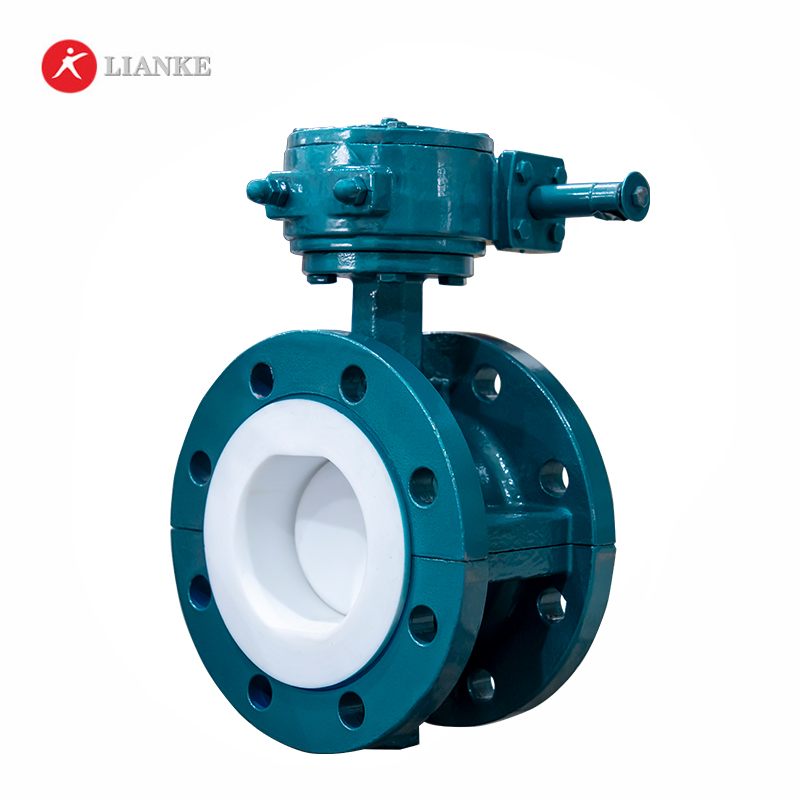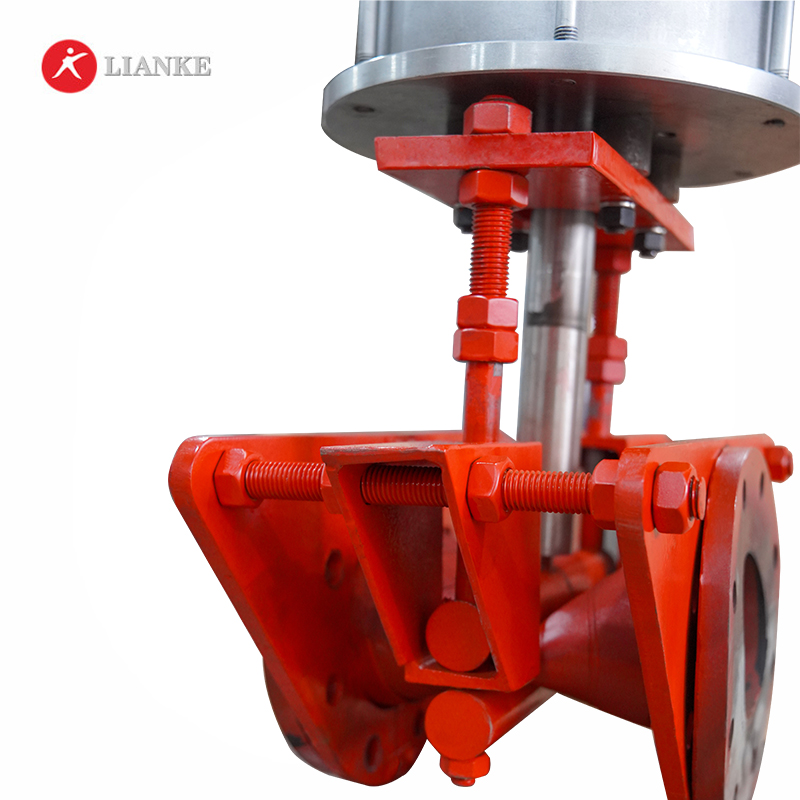


Triple-offset butterfly valves are improved flow-control mechanisms that have three radial offsets for better sealing and efficiency while performing difficult operations. The design is friction-free, so it guarantees no leakage and high reliability for extreme pressures and temperatures.
Lianke Valve, a foremost player in the industry, has modified this technology in its fluorine-lined butterfly valve series to provide all-round solutions to tough industrial processes. This guide presents the technical dimensions, functions, and the advantages of the triple-offset butterfly valves to assist potential consumers in making the best possible choices for their intentions.
Key Takeaways:
The triple-offset design for a butterfly valve proves to be revolutionary in the advancements in technology for a butterfly valve. Allow us to explain how the three offsets are integrated:
First Offset: The centerline of the shaft is located to the rear of the casing’s centerline
Second Offset: The center of the shaft is located to the rear of the center sealing surface
Third Offset: The seal surfaces that face each other are created in rounded conical shapes.
The ornate shapes provide a cam mechanism that ensures that sealing surfaces do not touch each other until the last few degrees of the closing movement, thus minimizing wear and tear and increasing the life of the valves.

Various industries have more and superior uses for the triple-offset butterfly valve, mainly in regions where ordinary valves are unable to function optimally:

Lianke Valve makes fluorine-lined butterfly valves that have heated features in the industry such as:
The design of a triple-offset butterfly valve ensures that the given engineering standards are implemented that facilitate the best possible combination. Lianke valves fluorine-lined butterfly valves, like all the other valve manufacturers’ products, are designed to meet the requirements of the relevant international standards: GB/T12238 and API 6D – which assures the quality and uniformity of the product.
Body Materials: WCB, CF8, CF3, CF8M, CF3M
Lining Options: FEP, PFA, PTFE
Temperature Ranges:
Triple Offset: Metal-on-metal seal construction with no possible way for leakage to occur
Traditional: Employs soft seats and uses a friction seal
Triple Offset: No need for maintenance since there are no frictional forces
Traditional: Regular maintenance due to wear and tear
Triple Offset: Capable of withstanding severe service conditions
Traditional: Can only be used in moderate service conditions

Ensuring regular maintenance prolongs the efficiency of a unit:
In determining the types of triple-offset butterfly valves, the following should be considered:
The Lianke Valve Company introduces innovations in:
For further inquiries on Lianke Valve triple-offset butterfly valves:
Frequently Asked Questions regarding Triple Offset Butterfly Valve:
Thanks to the fluorine lining, the valve body is encased in a protective layer against corrosion and abrasion. Such enhancements add considerably to the operational lifespan of the valve.
All Lianke Valve’s fluorine-lined butterfly valves can work with manual, electric, pneumatic, or hydraulic actuators depending on the application.
Yes, there are various ranges depending on the lining material used: FEP (–29℃ to 120℃), PFA (–29℃ to 180℃) PTFE (–29℃ to 150℃).
The advent of triple-offset butterfly valve designs has seen industrial control of flow processes revolutionized. The use of technology in Lianke Valve’s fluorine-lined butterfly valves is commendable as the company remains true to its mission and promises of practicality.If you would like to know more about the application of these and other advanced valve solutions in your processes, take a look at Lianke Valve’s product catalog or get in touch with their technical support team. We can help you in choosing the appropriate valve.

Your valve is leaking because something has gone wrong with its sealing system. Maybe the seals are worn out after years of service. Perhaps debris is stuck between critical surfaces. Or it could be that improper installation created misalignment from the beginning. These common problems prevent the valve from achieving perfect closure when you need […]

Valve Flow Coefficient (Cv) is a measure of a valve’s capacity to allow liquid or gas to flow through it. It’s technically defined as “the volume of water at 60°F (in US gallons) that will flow through a valve per minute with a pressure drop of 1 psi across the valve.” You calculate Cv by […]

When selecting the right valve for industrial applications, understanding pressure and temperature ratings is crucial. Many professionals in the field struggle with terms like Class, Rating, and PN, which can lead to costly mistakes if misunderstood. This guide will help you understand these concepts so you can select valves with confidence. What Do Pressure Units […]

The main difference between plastic and elastomer comes down to flexibility and shape retention. Plastics are rigid or semi-rigid. Once they bend or break, they don’t bounce back. Elastomers are flexible. They stretch, twist, or compress and return to their original shape. Below, we’ll take a closer look at how these materials differ and the conditions […]



